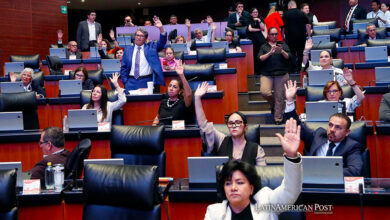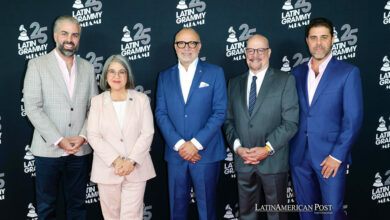The good, the bad and the ugly of Davis Cup
The idea of the group Kosmos of Gerard Piqué became a reality. But the tennis world has not approved it. We review the positive and negative aspects of this proposal

Some may like it, others obviously not, the fact is that the new competition format of the Davis Cup Tennis, which will be implemented from 2019, leaves a lot of fabric to cut by the positions found: dynamism versus tradition. The way to get 'The Salad Bowl' will undergo drastic changes for the first time in its history, so let's review, what this new face of the tennis event of nations consists of.
Leer en español: Lo bueno, lo malo y lo feo de la Copa Davis
The proposal was approved in the legal framework that represents the assembly of the International Tennis Federation, last August and in the city of Orlando. The Kosmos investment group, headed by FC Barcelona footballer Gerard Piqué (notable tennis fan), aims to revolutionize the event as never before in its long history of 118 years in which the direct elimination system was played. The most important? The investment promise of three billion dollars for the next 25 years.
Maybe you're interested in reading: A look at Latin American tennis 2018
The competition has changed
The first is the final. The decisive round of the Davis Cup, which had been playing four series distributed as local or visitor (as the case may be) throughout the calendar year, will now be played a single week at the end of November and after the celebration of the Masters of London. Of course, it would be in a single location per year with the rotation scheme (which has not yet been defined). To host the first edition of this final in 2019, the locations of Lille in France (current monarch) and Madrid, in Spain, have the first options.
In this final instance, 18 nations will participate, whose quotas were distributed as follows: four for the semifinalists of the previous edition (in this case, they will be the best four of this 2018 and not yet known), two guests (whose selection mechanism has not been specified) and the remaining 12, which will emerge from a tie that plan to play between January and February, a few days after the first 'Grand Slam' of the year, the Australian Open.
The 18 sets will form six groups of three, and the series (traditionally five matches to win three) will now be played only three commitments (two singles and one double) to declare the winner to be imposed on at least two of those matches. Later we are in the quarterfinal phase, which will be attended by the six winners of each group, plus the two best seconds, which, in case of a draw, must decide the quota based on these items and in the same order: matches won, the percentage of sets and games won.
What will happen to those who are last in groups? They will fall positions in their continent, they will happen to group 1, and with exception to avoid in the first series of the incoming year, the fateful descent. That is, the format punishes those who remain in the final box of these groups.
In disagreement
Important tennis personalities such as coach Judy Murray, Scottish mother and former world No. 1 Andy Murray, former Australian tennis player Lleyton Hewitt, captain of the national team of that country, Frenchman Lucas Pouille, champion as player of the event in 2017 with his national team, as well as his countrymen Nicolás Mahut and Yannick Noah plus the Dutch Robin Haase, manifested in different ways his disagreement with the modification, referring in most cases, that sport and tradition should prevail over the money and mercantilism.
In fact, several of the aforementioned players, left warning messages on their social networks, which can be seen that they may not continue to represent their nations in the contest. Other renowned figures such as the Swiss Roger Federer, who participated sporadically in the Davis to prepare for a tournament, or the same Juan Martin Del Potro (champion of the event in 2016), and who some time ago declared that "the Davis is part of the past " , are hardly seen again in the tournament.
Finally, the International Tennis Federation (ITF) , should correspond in the short and medium term with the words of its president David Haggerty, who after signing the agreement with Kosmos said that, of the 3 billion dollars, 25 will be destined to the local development of the discipline in each one of the countries that are affiliated.
Conclusions
So, at first glance, we can qualify it as a mini world of tennis nations and with the exhibition that means a short event, which usually generates more interest. Then it will be seen if the players are in agreement with the wear, especially for those who play five series in just over a week. From our point of view, it has its positive side (for organizers, investors, and spectators) and negative side (for athletes and coaches, who ultimately mobilize the show). Prepare for the clashes between both sectors during the first edition – under this format – next year.
Another point that complicates an agreement, is that both phases of the new format are played immediately after such important stops of the calendar as Australia as far as Grand Slam is concerned, or London in the ATP Master. A detail that the new organization should have foreseen if it intends to keep the main figures of the 'White Sports' motivated by being part of the new project. As you can see, it has its positive and negative aspects, but it will be only when the 2019 season begins that we will be able to determine it more accurately. It will dawn and we will see.
LatinAmerican Post | Onofre Zambrano
Translated from; 'Lo bueno, lo malo y lo feo de la Copa Davis'
* Writer's opinion does not represent this newspaper
Listen this article





